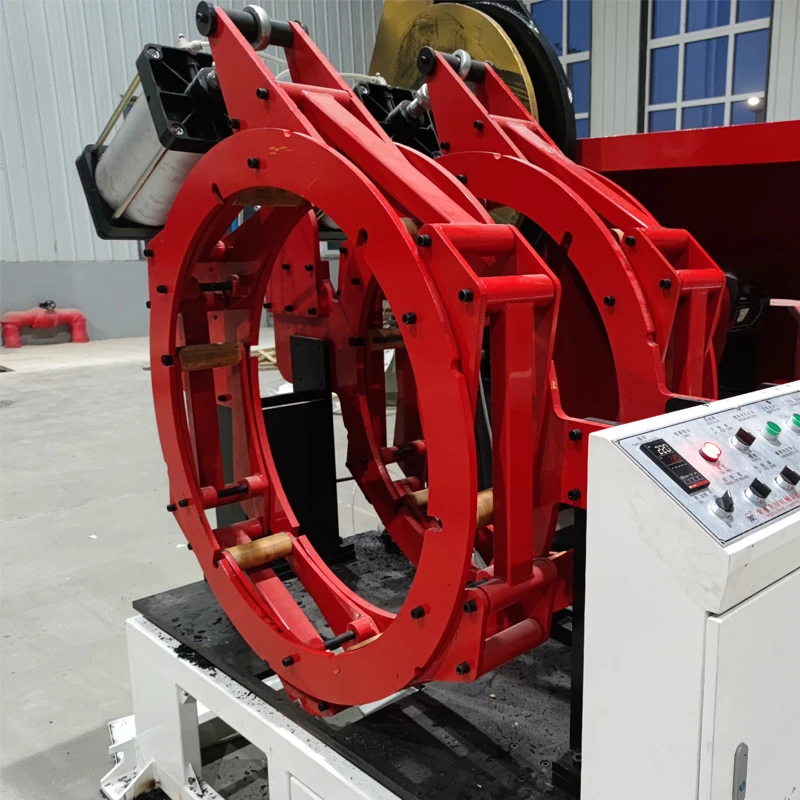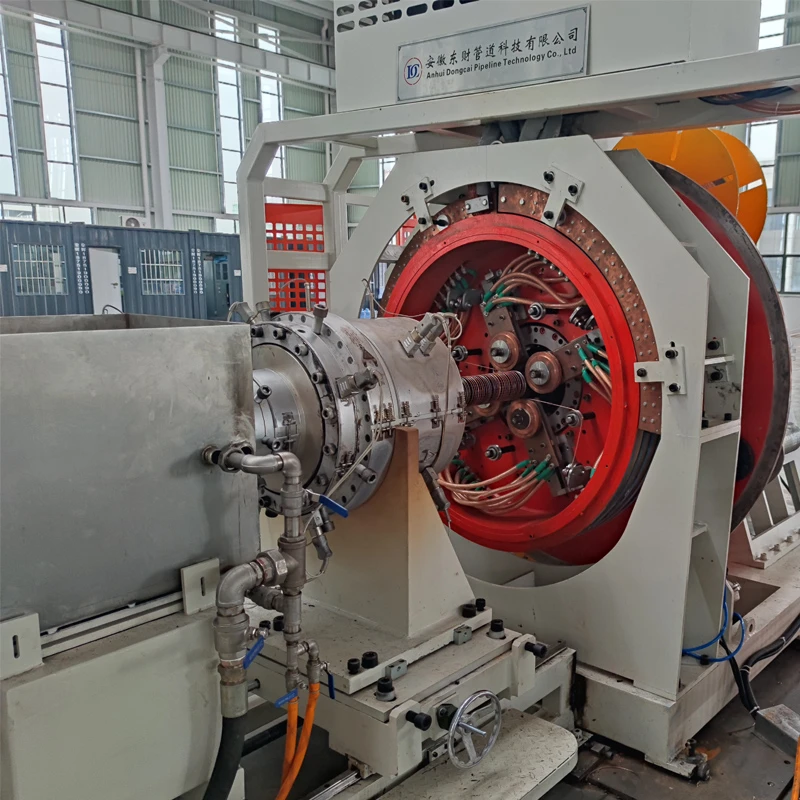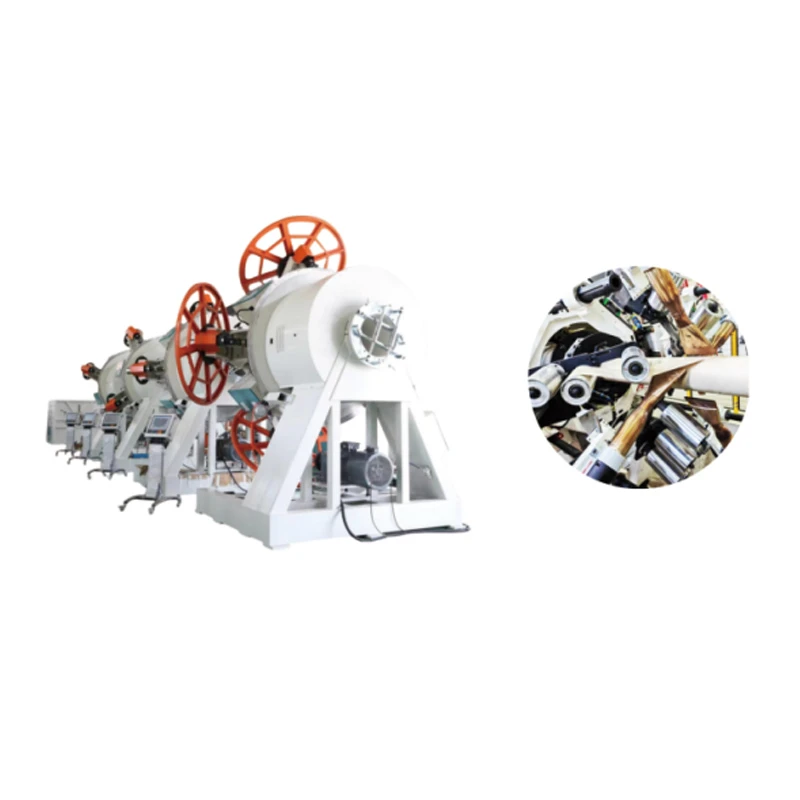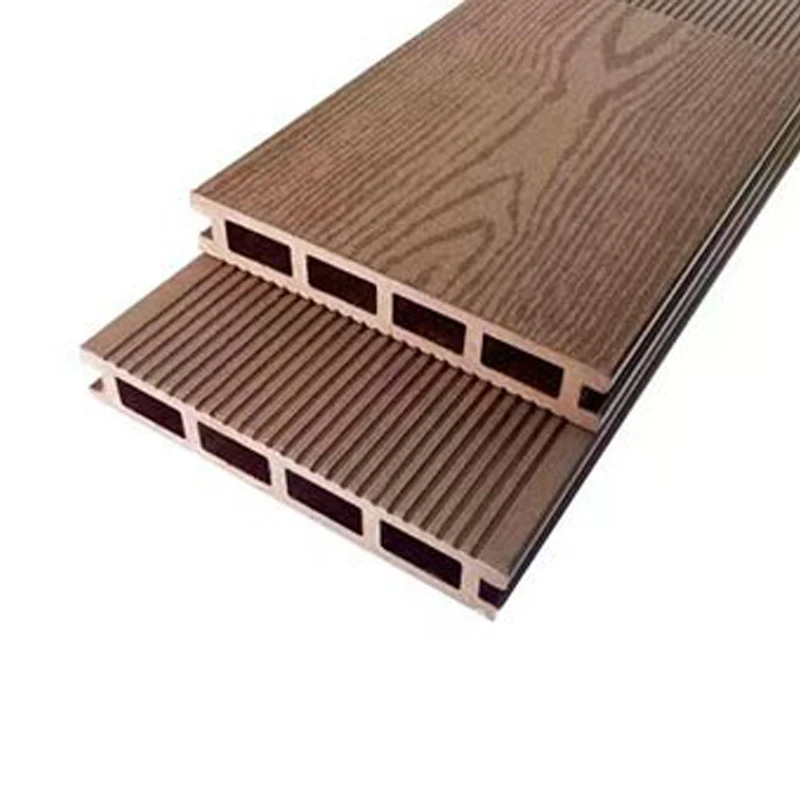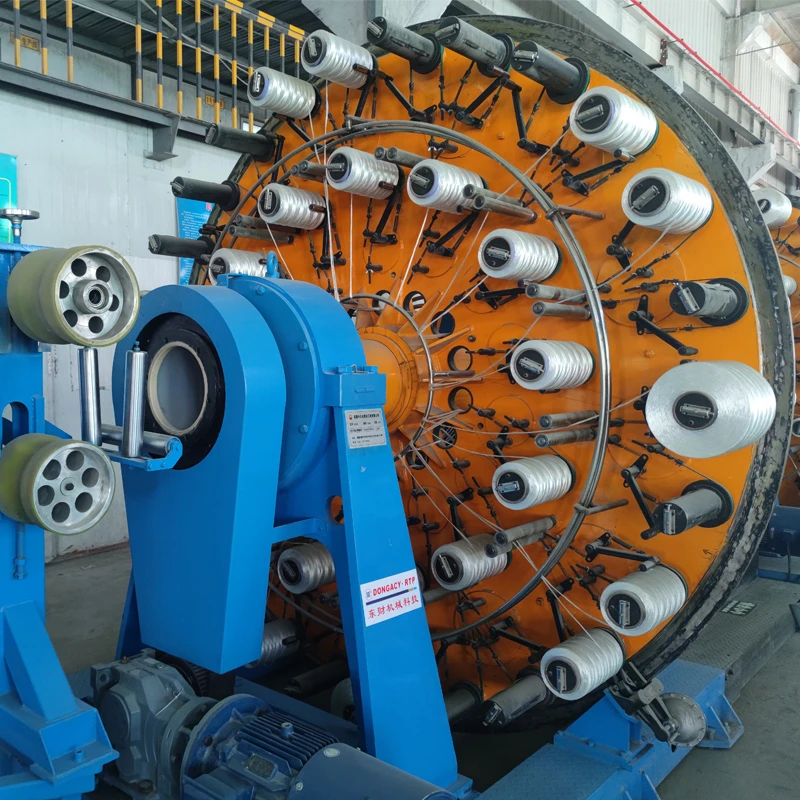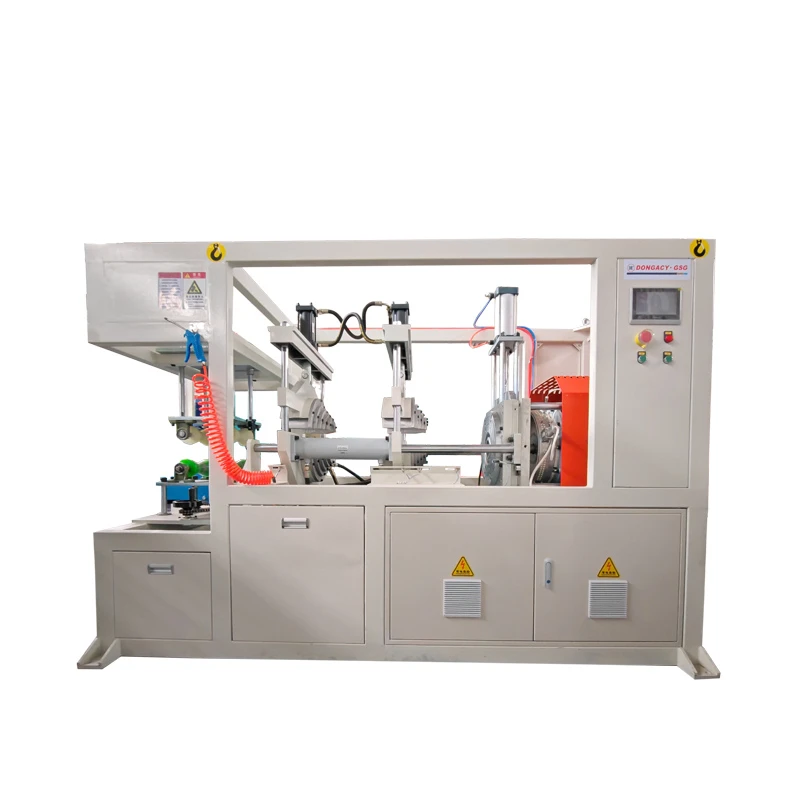
The composite pipe production line represents a cutting-edge solution in the manufacturing of high-strength, corrosion-resistant polyethylene composite pipes. This advanced production system integrates the latest in automation, materials science, and engineering design to deliver exceptional performance and efficiency. Developed by Anhui Dongchai Machinery Technology Co., Ltd., the system is tailored for industries requiring durable and reliable piping solutions, such as water supply, oil and gas, and construction.
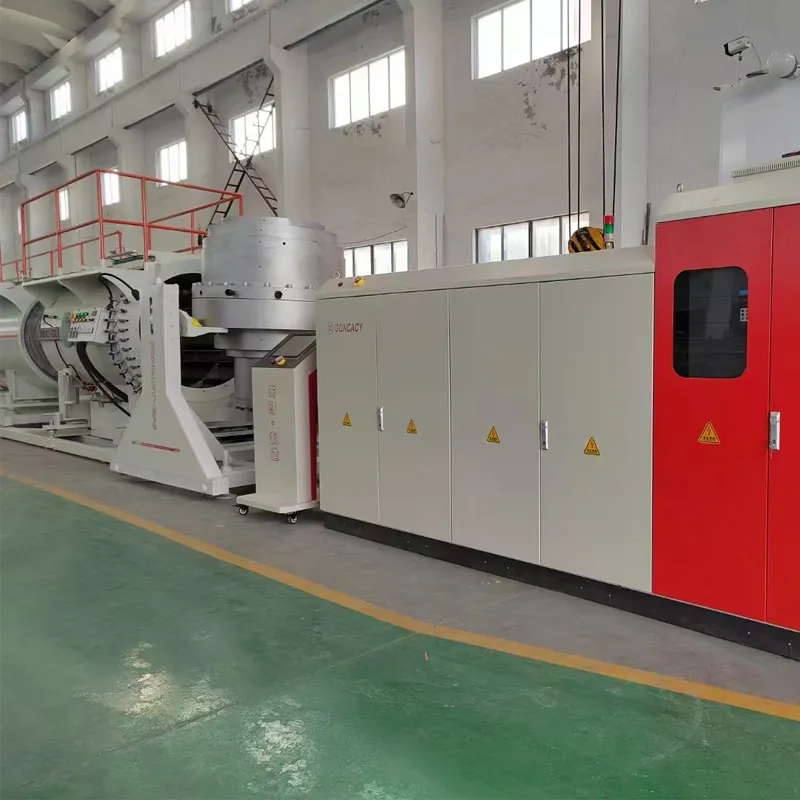

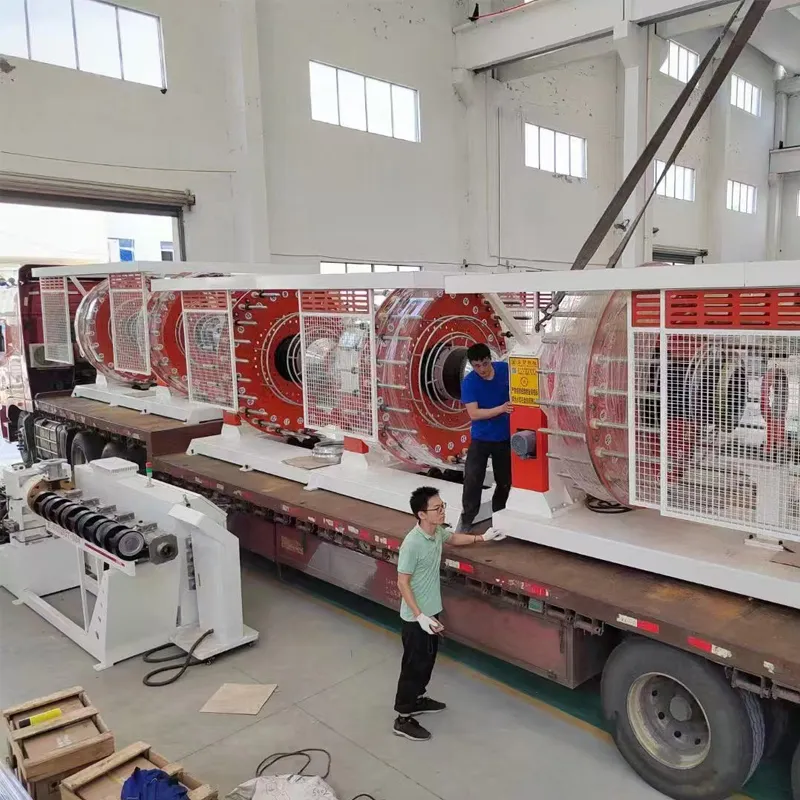

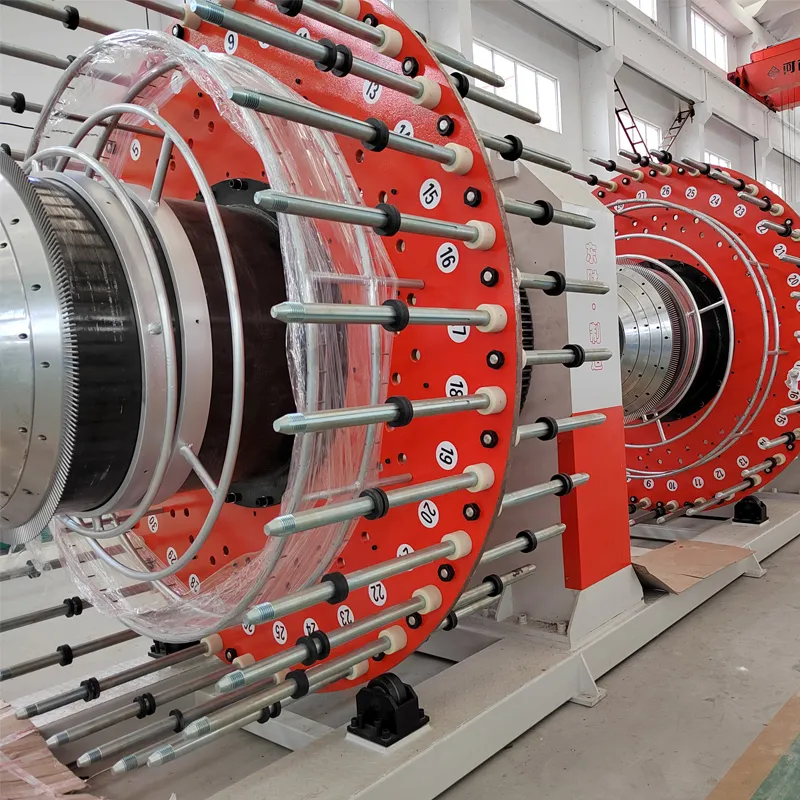
Product Features and Advantages
The composite pipe production line is engineered with a focus on high-speed production, energy efficiency, and user-friendly operation. Key features include:
- High-Automation Design: The system is controlled by a PLC (Programmable Logic Controller), ensuring seamless coordination between the high-speed extruder, precision die, vacuum setting table, traction unit, cutting machine, and full-automatic sealing machine. This level of automation reduces manual intervention, minimizes errors, and enhances productivity.
- Low Energy Consumption: Advanced components such as ceramic heating rings with insulation layers and a gear box equipped with a condenser ensure stable and rapid discharging, contributing to energy efficiency. The system's design reduces power consumption by up to 20% compared to traditional production lines.
- Stable High-Speed Production: The production line operates at high speeds without the need to reduce speed during steel wire replacement, significantly lowering the rejection rate. This feature is critical for maintaining consistent output in industrial settings.
- Humanized Design: The layout and controls are optimized for ease of use, with ergonomic considerations to reduce operator fatigue and improve safety. The system's low noise levels and long service life further enhance user experience.
Key Highlights of the Production Line
The production line incorporates several innovative technologies that set it apart from conventional systems:
- International-Grade Electrical Components: The main engine utilizes electrical appliances from top-tier brands, ensuring reliability and longevity. The dies and screws are made from 40Cr alloy structural steel, offering superior strength and wear resistance.
- Advanced Cooling System: The vacuum box is constructed from 304 stainless steel, laser-cut for precision. A frequency converter at the spray port maintains constant water temperature, while disc-type 304 ball valves allow for electrically adjustable crossbars, ensuring optimal cooling and stability.
- Intelligent Sealing Technology: The full-automatic sealing machine eliminates the need for on-line guards, automating tube unloading and ensuring a secure, leak-proof seal. This feature reduces labor costs and improves operational efficiency.
Technical Specifications
The composite pipe production line is available in multiple models, each tailored to specific pipe diameter ranges and production requirements. Below is a detailed specification table:
| Model | Pipe Diameter (mm) | Production Speed (m/min) | Power Consumption (kW) | Installed Power (kW) | Dimensions (L x W x H, m) |
|---|---|---|---|---|---|
| DCS-160 | 50-160 | 2.4 | 110 | 385 | 73 x 4.7 x 3 |
| DCS-315 | 110-315 | 2.4 | 170 | 545 | 75 x 5 x 4 |
| DCS-630 | 315-630 | 1.2 | 260 | 855 | 76 x 6 x 4 |
| DCS-800 | 500-800 | 1.0 | 360 | 1150 | 80 x 6 x 4 |
| DCS-1000 | 710-1000 | 0.6 | 350 | 1150 | 86 x 7 x 4 |
| DCS-1200 | 800-1200 | 0.6 | 460 | 1400 | 100 x 7 x 4.7 |
Material and Structural Characteristics
The composite pipe production line produces pipes with a unique structure that combines the strength of steel wire mesh with the flexibility of polyethylene. The key materials and design elements include:
- High-Strength Steel Wire: The steel wire mesh is formed by spirally winding high-strength steel wire, acting as the primary reinforcement. This structure significantly enhances the pipe's tensile strength and resistance to deformation.
- High-Density Polyethylene (HDPE) Matrix: The steel wire skeleton is embedded in a matrix of HDPE, which provides corrosion resistance, chemical stability, and a smooth inner surface. The use of HDPE ensures the pipe is lightweight and easy to install.
- Modified Adhesive Resin: A high-performance HDPE-modified bonding resin is used to ensure a strong bond between the steel wire and the HDPE layers. This composite structure minimizes delamination and enhances the pipe's durability.
Performance Advantages
The composite pipe production line delivers exceptional performance across a range of applications:
- Corrosion Resistance and Longevity: The HDPE matrix protects the steel wire from environmental corrosion, ensuring a service life of up to 50 years under normal conditions. This makes the pipes ideal for use in aggressive environments such as wastewater systems and chemical plants.
- High Strength and Flexibility: The steel wire mesh provides structural integrity, allowing the pipes to withstand high internal pressures. The HDPE layer adds flexibility, reducing the risk of cracking under thermal stress.
- Low Friction and Smooth Flow: The smooth inner surface of the HDPE layer minimizes fluid resistance, improving flow efficiency. This is particularly beneficial in applications such as water supply and irrigation systems.
- Thermal Insulation: The composite structure offers excellent thermal insulation properties, reducing heat loss in hot water or steam pipelines. This feature is crucial in energy-efficient building designs.
Production Technology and Flexibility
The composite pipe production line is designed to accommodate a wide range of customization options, ensuring adaptability to diverse industrial needs:
- Adjustable Parameters: By modifying steel wire diameter, mesh spacing, plastic layer thickness, and resin type, the system can produce pipes with varying pressure, temperature, and corrosion resistance requirements. This flexibility allows manufacturers to tailor products to specific applications.
- Advanced Manufacturing Techniques: The production line employs precision extrusion and vacuum setting technologies to ensure uniform wall thickness and structural integrity. The integration of smart sensors and real-time monitoring systems further enhances quality control.
- Scalable Production: The system's modular design allows for easy expansion, enabling manufacturers to scale up production capacity as demand grows. This scalability is essential for meeting the needs of large-scale infrastructure projects.
Applications and Installation
The composite pipe production line is widely used in various industries, including:
- Municipal Engineering: For water supply, drainage, and sewage systems, where the pipes' durability and corrosion resistance are critical.
- Industrial Engineering: In chemical plants, oil and gas facilities, and power stations, where high-pressure and high-temperature resistance are required.
- Construction Engineering: For underground cable protection, HVAC systems, and building plumbing, where the pipes' lightweight and ease of installation are advantageous.
Installation of the pipes is straightforward, with electric welding joints ensuring a secure and leak-proof connection. This method reduces the risk of pipeline failure and minimizes maintenance costs. The lightweight nature of the pipes also lowers transportation and labor expenses, making them a cost-effective solution for large-scale projects.
Company Background: Anhui Dongchai Machinery Technology Co., Ltd.
Founded in 2005, Anhui Dongchai Machinery Technology Co., Ltd. is a leading manufacturer of advanced production equipment for the plastics and composites industry. The company specializes in developing high-efficiency, eco-friendly machinery that meets global standards. With a focus on innovation and quality, Anhui Dongchai has established a strong reputation for delivering reliable solutions to clients worldwide.
As a technology-driven enterprise, Anhui Dongchai invests heavily in research and development, ensuring its products incorporate the latest advancements in materials science and automation. The company's commitment to sustainability is reflected in its energy-efficient designs and environmentally friendly manufacturing processes. By aligning with international standards, Anhui Dongchai continues to expand its market presence and support the growth of industries reliant on durable, high-performance piping systems.
Conclusion
The composite pipe production line exemplifies the synergy between advanced engineering and material science. Its combination of high-speed production, energy efficiency, and customizable design makes it an ideal choice for industries requiring durable and reliable piping solutions. With the support of Anhui Dongchai Machinery Technology Co., Ltd., this production line is poised to meet the evolving demands of modern infrastructure and industrial applications.
References
For further information on standards and technologies related to composite materials and production systems, refer to the National Institute of Standards and Technology (NIST). NIST plays a pivotal role in advancing measurement science, standards, and technology to enhance innovation and economic security. Visit NIST's official website for detailed resources and publications.
Source: National Institute of Standards and Technology (NIST)
-
Innovative Solutions in PVC Pipe Production LineNewsJul.18,2025
-
Innovative Solutions in Pipe Extrusion Production LineNewsJul.18,2025
-
Advanced Plastic Profile Extrusion SolutionsNewsJul.18,2025
-
PVC Profiles: The Future of Durable and Cost-Effective Construction SolutionsNewsJun.06,2025
-
PVC Pipe Extrusion LineNewsJun.06,2025
-
High-Quality Polyethylene Pipe Production LineNewsJun.06,2025
-
High-Performance Tube Production LineNewsJun.06,2025

